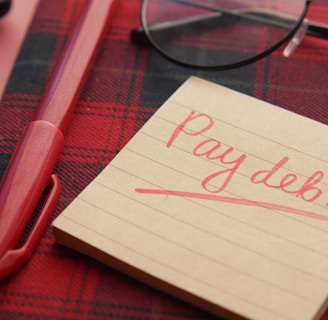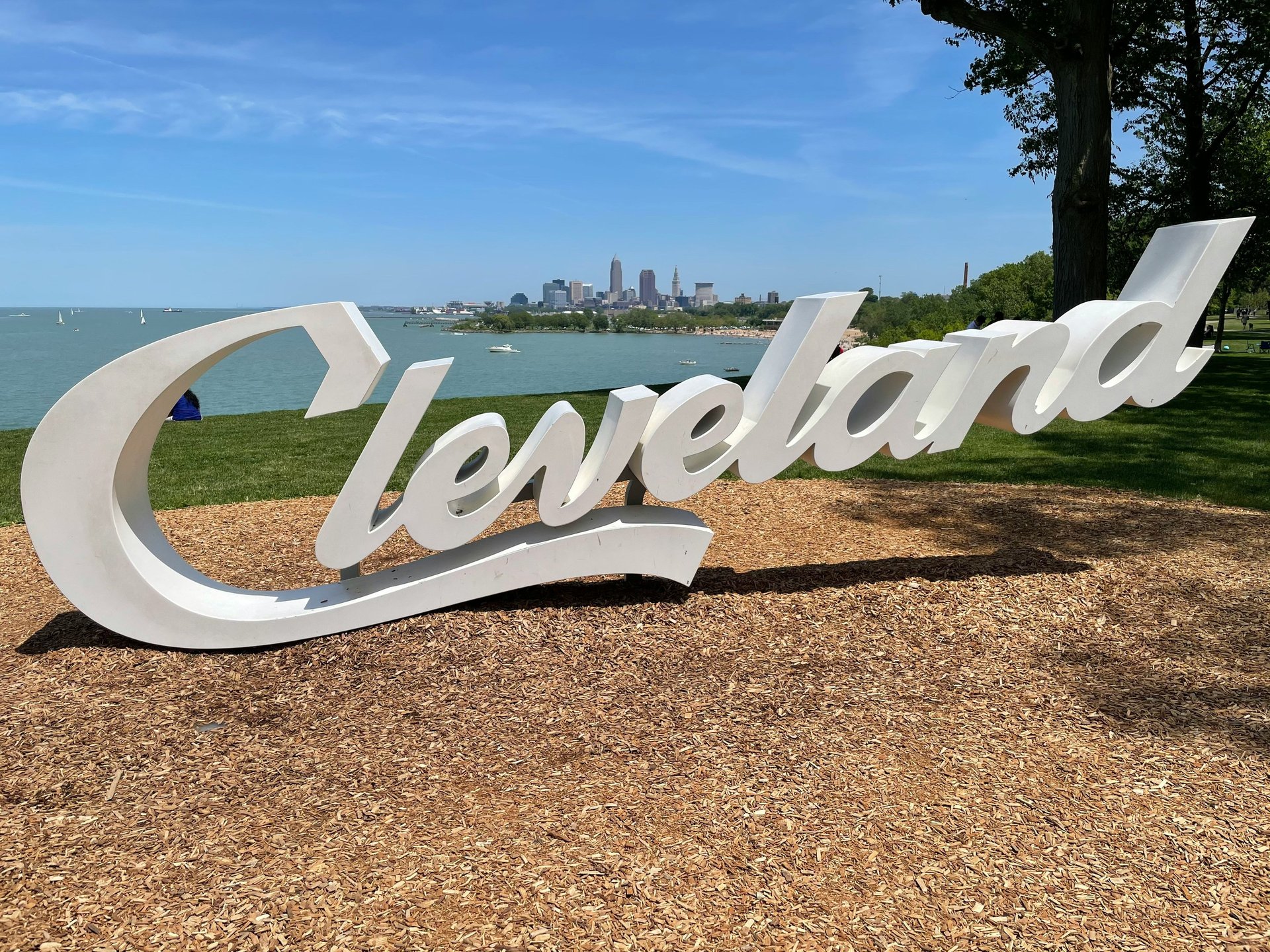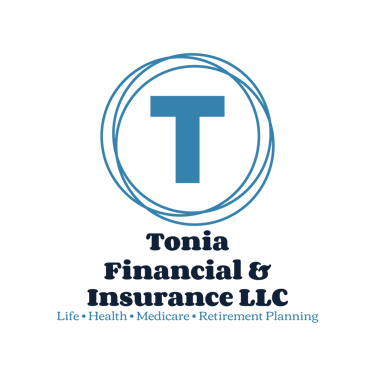The First Step to Financial Freedom: Paying Off High-Interest Debt
When it comes to achieving financial freedom, the first and most crucial step is tackling high-interest consumer debt. Many people want to jump straight into investing or saving, but if you're carrying debt with high interest rates, you're essentially losing money faster than you can grow it. Let’s break down why paying off debt should be your top priority, how to do it effectively, and how to make smarter financial choices along the way.
FINANCIAL FREEDOM/ RETIREMENT PLANNING
Tonia Perry
3/5/20254 min read


When it comes to achieving financial freedom, the first and most crucial step is tackling high-interest consumer debt. Many people want to jump straight into investing or saving, but if you're carrying debt with high interest rates, you're essentially losing money faster than you can grow it. Let’s break down why paying off debt should be your top priority, how to do it effectively, and how to make smarter financial choices along the way.
Why Paying Off High-Interest Debt Comes First
The Math Doesn’t Lie: Interest Works Against You
Imagine you have a credit card with a 30% interest rate. Meanwhile, if you invest in the stock market, you might expect an average return of 7-10% per year. That’s a huge difference! If you're carrying high-interest debt while investing, you're still coming out behind financially.
Here’s an example:
You invest $1,000 and earn 8% in a year, making $80.
But if you owe $1,000 on a credit card with a 30% interest rate, you're paying $300 in interest.
Your net result? You're losing $220 overall.
This is why before you save or invest, you should focus on paying down high-interest debt first. Once that debt is gone, the money you put toward investments will actually work for you instead of being wiped out by debt payments.
How to Tackle High-Interest Debt: A Step-by-Step Approach
1. Identify Your High-Interest Debts
Not all debt is created equal. Some loans, like a mortgage or a car loan, have lower interest rates and are structured for long-term repayment. The real financial drain comes from high-interest consumer debt, such as:
Credit cards (often 20-30% interest)
Payday loans (can be 300%+ APR)
Personal loans with high rates
These are the debts you should prioritize paying off first.
2. Choose a Repayment Strategy
There are two primary strategies for paying down debt:
The Avalanche Method (Best for Saving the Most Money)
Pay the minimum on all your debts.
Put extra money toward the debt with the highest interest rate first.
Once that’s paid off, move to the next highest interest rate debt.
This method saves you the most money in the long run because you eliminate the most expensive debt first.
The Snowball Method (Best for Motivation)
Pay the minimum on all your debts.
Put extra money toward the smallest debt first, regardless of interest rate.
Once that’s paid off, roll that payment into the next smallest debt.
This method helps you build momentum and stay motivated by seeing quick wins.
Both methods work, but the Avalanche Method is mathematically the best choice if your goal is to save the most money.
3. Cut Back on Expenses to Free Up Cash for Debt Repayment
Paying off debt faster means finding extra money in your budget. Here are a few ways to do that:
Cut unnecessary subscriptions. Look at your streaming services, gym memberships, and other recurring charges.
Reduce dining out. Cooking at home can save hundreds per month.
Sell things you don’t need. Extra cash from selling clothes, electronics, or furniture can go straight to debt repayment.
Negotiate bills. Call your internet, phone, or insurance provider and ask for a better rate.
Every extra dollar you put toward high-interest debt is a dollar you won’t have to pay interest on in the future.
4. Be Strategic with Car and Home Loans
Mortgages and auto loans typically have lower interest rates than credit cards, but you can still save money by making extra principal payments.
How it works: Any extra money you pay should go directly to the principal (not interest). This reduces the amount you owe and shortens the life of the loan.
Example: If you have a 30-year mortgage and make one extra payment per year, you could pay it off 5-7 years early and save tens of thousands in interest.
Car loans: Paying extra on a car loan can help you own your vehicle sooner and avoid overpaying in interest.
Even if you don’t have a lot of extra money, rounding up payments or adding just $50-$100 more per month can make a big difference over time.
5. Manage Credit Cards Wisely
While paying off credit cards should be the goal, keeping credit usage under 50% can help improve your credit score.
If you can’t pay off a credit card in full, try to keep your balance below 50% of your credit limit.
Example: If you have a $1,000 limit, keep your balance under $500 to maintain a healthier credit score.
The lower your usage, the better. Under 30% is ideal, and under 10% is excellent.
A good credit score helps with lower interest rates on future loans, which means more savings in the long run.
What Comes Next? Build Savings and Start Investing
Once your high-interest debts are gone (or significantly reduced), you’re in a much stronger financial position. At this stage, you can:
Build an emergency fund (3-6 months of expenses)
Start investing in retirement accounts, stocks, or real estate
Increase contributions to savings goals (home down payment, kids’ college, etc.)
By eliminating debt first, you free up more income to grow your wealth instead of just paying off interest.
Final Thoughts: Make Your Money Work for You
Paying off high-interest consumer debt is the most important first step to financial freedom. The sooner you eliminate those costly interest payments, the sooner your money can start working for you instead of against you.
Key Takeaways:
✅ High-interest debt cancels out investment returns, so pay it off first.
✅ Focus on credit cards, payday loans, and personal loans with high rates.
✅ Use the Avalanche method to save the most money or the Snowball method for motivation.
✅ Make extra payments on car and home loans to pay them off sooner.
✅ Keep credit card balances below 50% if you can’t pay them off right away.
Financial freedom starts with smart debt management. Take control, make a plan, and start building a future where your money works for you—not for the banks.

EMAIL: Strive.tonia@gmail.com
PHONE:(216)800-7303
© 2025. All rights reserved.
We do not offer every plan available in your area. Currently, we represent 9 organizations which offer 80 products in your area. Please contact Medicare.gov, 1-800-MEDICARE, or your local State Health Insurance Assistance Program (SHIP) to get information on all of your options. This is a proprietary website and is not associated, endorsed or authorized by the Social Security Administration, the Department of Health and Human Services or the Center for Medicare and Medicaid Services. This site contains decision-support content and information about Medicare, services related to Medicare and services for people with Medicare. If you would like to find more information about the Medicare program please visit the Official U.S. Government Site for People with Medicare located at http://www.medicare.gov
Independent Insurance Agent | Final Expense Insurance Ohio | Medicare Advantage Plans Cleveland | Life Insurance for Children | Medigap Plans PA | Insurance Advisor for Seniors | Community Insurance Help
